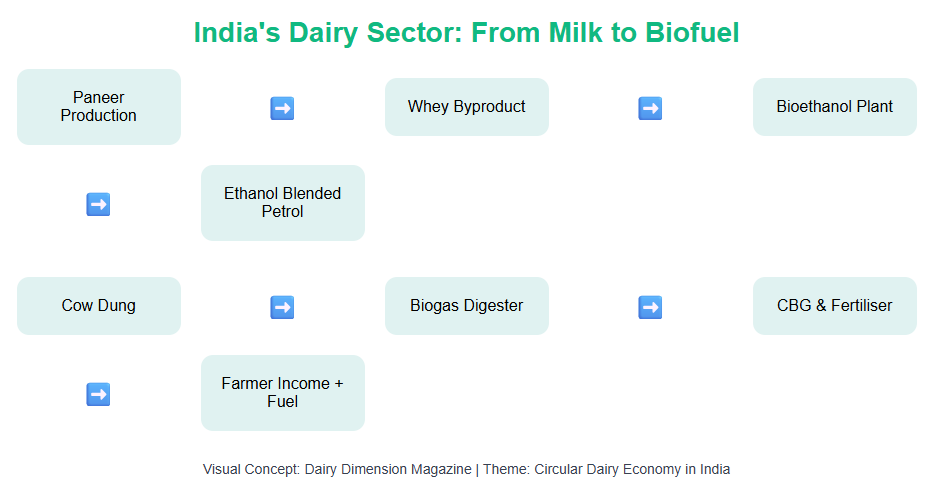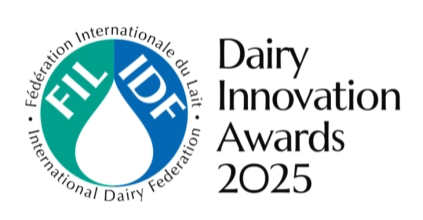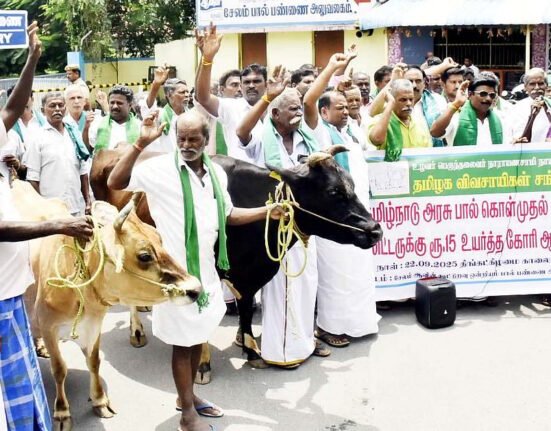By Dairy Dimension News Desk
Reading Time: 5 minutes
In a landmark shift from traditional dairy processing to renewable energy innovation, India’s most prominent dairy players are harnessing bioethanol and biomethane production to fuel a new era of sustainability and income diversification for farmers.
Amul Leads the Charge with Bioethanol from Whey
India’s dairy giant Amul has completed its first large-scale trial to produce bioethanol from whey, a cheese and paneer byproduct, marking a pioneering moment for the Indian dairy industry. Based on the trial’s success, Amul will invest ₹70 crore to set up a full-scale plant capable of producing 50,000 litres of ethanol per day.
According to Amul, this innovation could generate ₹700 crore in additional income for dairy farmers, leveraging a waste stream that was previously underutilised. This initiative aligns with the Government of India’s Ethanol Blended Petrol (EBP) programme, which mandates 20% ethanol blending in petrol by 2025, spurring widespread investment in ethanol infrastructure.
Gujarat Emerges as a Biofuel Hub
Amul isn’t alone in seizing this bio-opportunity. Grainspan Nutrients, an Ahmedabad-based agribusiness firm, recently invested ₹500 crore in an ethanol facility that has scaled from 100 KLPD to 340 KLPD within a year. Chairman Sampatraj Chaudhary emphasised the sector’s long-term growth potential:
“With rising petrol consumption and government blending targets, ethanol demand will only grow. It’s a natural progression for agro-linked industries.”
Similarly, the Chiripal Group has entered the space via True Green Bio Energy, building a 300 KLPD greenfield plant with an investment of ‚Çπ350 crore. Promoter Deepak Chiripal stated:
“We see renewable energy as a pillar of sustainability. Ethanol reduces oil imports, saves foreign exchange, and curbs emissions.”
Another player, Kineeva Industries LLP, is investing ‚Çπ120 crore in a 100 KLPD ethanol plant, with operations expected to commence soon.
Across Gujarat, 14 companies have received OMC approvals to set up ethanol plants, representing a collective capacity of 2,800 KLPD and a total investment of ‚Çπ3,300 crore. While Gujarat still trails states like Uttar Pradesh, Karnataka, and Punjab in ethanol output, experts believe it has the potential to catch up quickly.
Circular Dairy: Turning Dung into Green Fuel
Beyond ethanol, Gujarat’s dairy cooperatives are spearheading a compressed biogas (CBG) revolution using cattle dung—a move supported by the National Dairy Development Board (NDDB) and GCMMF (AmulFed).
With India‚Äôs status as the world‚Äôs largest bovine nation, dairy farmers now earn not just from milk, but also from dung sales. Household-level biogas units replace LPG for cooking, while industrial-scale digesters convert dung into CBG for vehicles and organic fertilisers.¬ÝDairy led the charge with its biogas plant at Dama, processing 40 metric tonnes of dung daily, producing enough fuel to power 80,000 cars annually.
Under a tripartite partnership between NDDB, Banas Dairy, and Suzuki R&D Centre India (SRDI), four new CBG plants will be commissioned in the Banaskantha district. Each will process 100 tonnes of dung per day, producing 5,000 cubic metres of gas, at a total investment of ‚Çπ230 crore.
“Through this circular model, all 18 GCMMF member unions will set up 30 CBG plants across Gujarat, requiring an investment of ₹1,000 crore,” confirmed Jayen Mehta, MD of GCMMF.
NDDB Chairman Meenesh Shah added:
“These plants will not only increase farmer incomes but also enhance organic fertiliser availability. We’re working to replicate the ‘Banas Model’ across India.”
Conclusion: Biofuel is the New Dairy Frontier
From whey-based bioethanol to dung-powered CBG, India’s dairy sector is embracing a bold new path—one that combines climate resilience, waste reduction, and farmer empowerment. With billions in investment and support from institutions like NDDB and GCMMF, dairy is no longer just about milk—it’s about powering India’s green future.







1 Comment